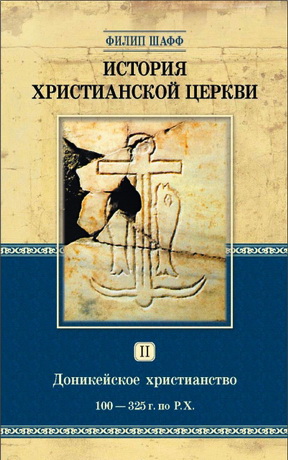
Leading Insights – Artificial Intelligence

Artificial intelligence (AI) is far from new. It is already embedded in existing technologies like smartphone speech-to-text, digital assistants like Siri or Alexa, and GPS-enabled maps or routing apps. However, it was the launch of ChatGPT in November 2022 that brought widespread awareness of AFs potential for the educational sector. This was largely because ChatGPT was the first AI tool that successfully “positioned itself as a disruptive technology that is revolutionising the way students are taught, promoted, and supported in academic environments” (Montenegro-Rueda 2023, 2).
ChatGPT and similar tools are unlike previous AI applications in at least two significant ways. First, they are generative, meaning they use large language models (LLMs) to create new content (such as text or images) based on patterns present in the data they draw from. Second, chatbot tools are applications designed to simulate conversation with human users, typically through text-based interfaces. These tools use various techniques including rule-based systems, machine-learning algorithms, and natural language processing (NLP) to understand user input and generate appropriate responses.2
Put simply, these tools are conversational as they draw on nearly limitless data and easily perform academic tasks such as writing essays or providing answers to homework questions. These capabilities imbue the tools with the potential to affect education in significant if not radical ways. Educators around the world reacted to ChatGPT’s launch with a range of responses, from implementing bans and installing detection software to embracing ChatGPT and similar tools in day-to-day teaching and learning (Gordon 2023).
Increasing educational effectiveness should be a perennial aim in schools, and AI holds promise for achieving this end. However, for Christian schools, the question of whether to adopt AI in practice is not just one of utility. In A Christian Field Guide to Technology for Engineers and Designers, Brue, Schuurman, and VanderLeest (2022) describe “the ultimate and proper goal for technology—to help us be more fully human in relationship to each other and to God” (11). To be sure, the question of how to realize this goal—along with deciding whether and how to adopt new AI technologies in Christian schools—is a complex one.
Three lenses for thinking about AI in Christian schools can assist in catalyzing conversations. While these lenses are non-discrete and overlapping, they can be used together to frame discussions and planning around AI. These three lenses—the use lens, the human lens, and the mission lens—are described below, along with suggested reflection questions that leaders, teachers, students, and the school community together can use as they consider the challenges and opportunities posed by AI.
Leading Insights – Artificial Intelligence
Colorado Springs, CO: Association of Christian Schools International, 2024. – 116 p.
ISBN 978-1-58331-568-2
elSBN 978-1-58331-569-9
Leading Insights – Artificial Intelligence – Contents
Introduction: Framing the Al Question
Lynn E. Swaner, Series Editor
PART I - Philosophy and Research
- 1. Al in Education: Villain, Savior, or Something Else? Derek C. Schuurman
- 2. A Biblical Framework for Understanding and Responding to Al Dave Mulder
- 3. The State of Al in Christian Schools: Findings from Research Lynn E Swaner and Rian Djita
PART II - Christian School Perspectives
- 4. The Head of School Perspective Scott Harsh
- 5. The Teacher Perspective Paul Matthews
- 6. The Student Perspective Lynn E. Swaner and Derek Wilson
PART III - Frameworks for Practice
- 7. A Framework for Technology Integration in Christian Schools Shaun Brooker
- 8. Digital Well-Being and the Christian School Christina Crook
References
About the Authors




Комментарии (1 комментарий)
Большое спасибо!